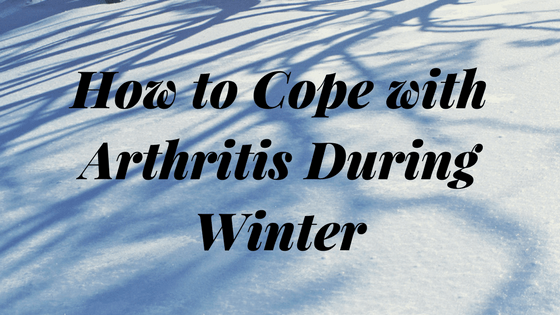Affecting more than 20 percent of the U.S. adult population, arthritis is a common medical condition that’s characterized by joint pain, inflammation, restricted movement and other related symptoms. As explained by Mayo Clinic, it’s usually degenerative and worsens with age. Furthermore, many individuals experience more frequent or intense arthritis flareups during winter. So, why is arthritis worse during winter, and what steps can individuals take to cope with these seasonal flareups?
Barometric Pressure and Arthritis
Contrary to popular belief, it’s not the cold weather that causes arthritis flareups during winter. It’s the atmospheric pressure. According to research cited by the Arthritis Foundation of Western Australia, the barometric pressure around an individual with arthritis can affect his or her symptoms. When the pressure drops, tissue expands; thus, causing it to push against nerves and subsequently trigger arthritis-related pain.
Increase Intake of Antioxidants
One simple way to cope with arthritis during winter is to consume more antioxidants, which are natural that compounds inhibit oxidative stress and inflammation caused by free radicals. If free radicals aren’t neutralized, they’ll damage tissue at a cellular level, contributing to the effects of arthritis. Antioxidants can be found in foods like dark chocolate, berries, kidney beans and artichoke.
Increase Intake of Omega-3s
Individuals suffering from arthritis should also consume more omega-3-rich foods during winter. While omega-6s promote inflammation, omega-3s lower it. Therefore, a diet rich in omega-3s can suppress the pain and swelling of arthritis. Sources of omega-3s include salmon, sardines, olive oil, flaxseed and Brussels sprout.
Dress in Layers
Dressing in layers may help to relieve some of the pain caused by arthritis. When winter arrives, some people wear tight-fitting clothes to stay warm. If a garment is too tight, though, it may restrict blood flow and worsen the symptoms of arthritis. It’s recommended that people with arthritis wear multiple layers of loose clothes during winter.
Get Rest
Finally, individuals who have arthritis should get plenty of rest during winter. One of the most common side effects of arthritis is fatigue. When a person feels fatigued, he or she may struggle to perform otherwise basic activities. Getting a good night’s rest, however, can reduce inflammation, pain, fatigue and other symptoms attributed to arthritis.
Although there’s no cure for arthritis, individuals suffering from this condition can reduce their symptoms and improve their quality of life by following these winter tips.

